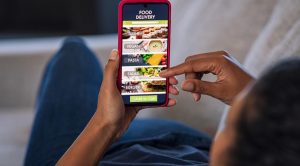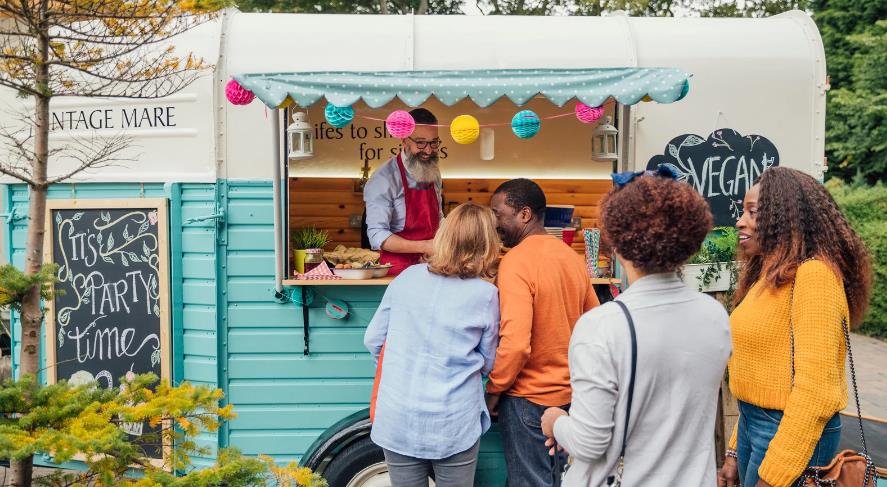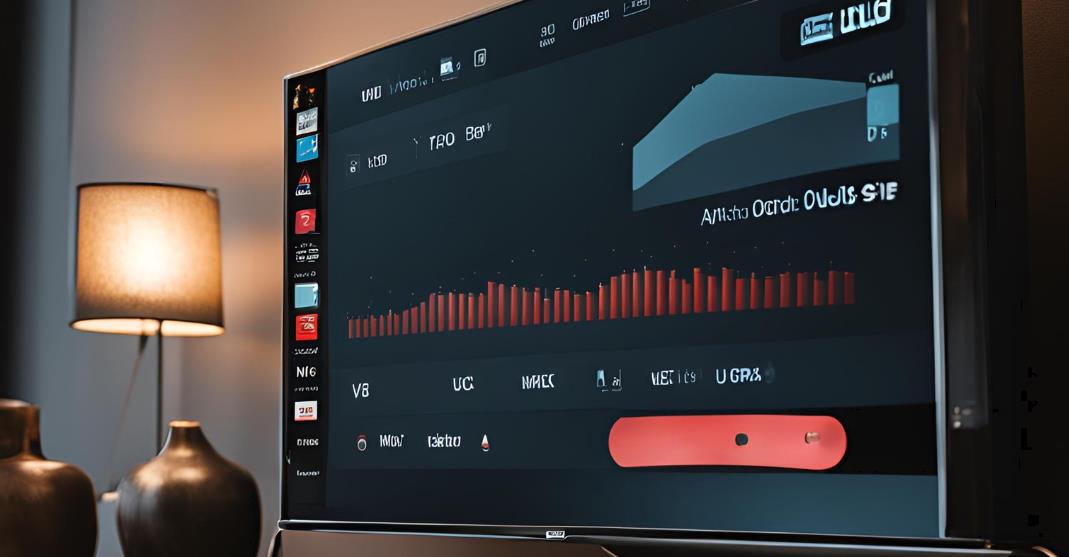The food truck industry, known for its vibrant, on-the-go dining experiences, is undergoing a technological revolution. Technology is revolutionizing the way food trucks deliver their products and interact with customers, including, but not limited to, customer engagement, operations management, etc. In this blog, let’s look into few of the major tech trends shaping the food truck industry.
What Technological Trends Affect the Food Truck Industry?
Mobile Point of Sale (POS) Systems
Technology is changing the transaction landscape for food trucks with mobile POS systems. These systems are tablet-based or smartphone-based and enable quick and efficient payment processing for food truck operators. In addition to basic payment processing, modern POS systems include an array of other features, such as inventory management, sales tracking, and even customer analytics.
These systems could be further strengthened with integrated payment solutions like Apple Pay and Google Wallet, which make the purchase process quicker and more responsive to consumer demands for a secure method of payment.
Online Ordering and Pre-Ordering Platforms

As the demand for online ordering has skyrocketed, so have food trucks. Now, customers can order online and pick up their food or have it delivered via mobile apps like Uber Eats, DoorDash, and Grubhub. Pre-ordering can also be used on various fresh food and mobile apps.
Systems pre-integrated into the websites, food trucks, mobile apps assist customers in saving time via ordering beforehand, lessening waiting times for consumers and enhancing inventory management and workplace strategies.
GPS and Location-Based Services
This is where location-based services and GPS technology are helpful for food trucks. Google Maps and Waze help food truck operators search for the best routes to attract more business, avoid traffic jams, and save travel time.
Most notably, location-based services allow food lovers to find and follow their cherished trucks in real-time. This is perfect for food truck lovers who use mobile apps to show their location and make it easy for visitors to see where they are at that time or when they open.
Social Media and Digital Marketing
Social media plays a significant role in how food trucks can turn those would-be customers into paying ones. Food trucks can use platforms such as Instagram, Facebook, and Twitter to display images of their menu items, keep followers updated with where they will be parked next, and communicate directly with potential customers. Food trucks use strategic digital marketing tactics like targeted ads and even influencer partnerships to reach new customers and keep loyal fans coming back for more.
Contactless Ordering and Payment
COVID-19 has drastically changed our expectations and needs for contactless ordering and payment forever. They have also resorted to contactless solutions like QR codes and payments, which is helping to reduce the chances of contacting. Clients will be able to choose meals from menus online, order, and make a payment with their smartphones in order not only to diminish face-to-face contact but also to serve faster.
Data Analytics and Customer Insights

Food trucks use data analytics tools to gain non-traditional customer demand and business insights. They use sales data, customer reviews, and social media conversations to understand the preferences of foodies in a certain location so that they can strategize menu changes, hence pricing strategy or marketing efforts. This method empowers food truck businesses to adapt what they are offering based on customer preferences and help grow the overall business.
Smart Kitchen Equipment
Food trucks are already benefiting from clever kitchen gear that improves the efficiency and quality of food preparation. Innovative grills, fryers, and ovens let operators manage their equipment from an off-site location while tracking how food is being cooked in real-time. These are designed to ensure that food is cooked properly and can prevent technical breakdowns, so not only do they improve the taste of your menu, but with improved reliability, you will experience less downtime.
Sustainable Technology
Because sustainability is becoming an ever-greater concern for many food truck owners, technology contributes largely to sustainable initiatives. The food trucks will be made with the environmental impact in mind, which means solar panels, energy-efficient appliances, and on-site waste management systems. Food trucks employ technology in other ways to monitor and cut down on food waste, which is even more impressive when paired with these sustainability efforts.
Mobile Apps and Loyalty Programs
We see food trucks utilizing mobile apps to engage customers better and create repeat business. From food truck apps to those from some of the larger chains, menu functions tend to provide a similar range of discounts based on behavioral history, as well as special offers available only through in-app purchases. These applications also offer a treasure trove of data on purchasing and preference habits that this retailer uses to improve its relationship with customers.
Virtual and Augmented Reality

While still maturing as a technology, VR / AR can provide entirely new experiences for food trucks. This could include virtual tours of the food truck in VR mode (VR) or interactive elements on menus using augmented reality technology with digital information overlayed for more detailed information about ingredients and nutritional values.
Technology is rapidly transforming the food truck industry, offering new ways to enhance customer experiences, streamline operations, and improve business efficiency. From mobile POS systems and online ordering to GPS tracking and sustainable tech, these trends are shaping the future of food trucks. By embracing these technological advancements, food trucks can stay competitive, meet evolving customer expectations, and continue to deliver the innovative, delicious experiences that have made them so popular.
FAQs on Technological Trends in the Food Truck Industry
How do mobile POS systems benefit food trucks?
Mobile POS systems streamline transactions, allowing food truck operators to process payments quickly and manage inventory and sales data more effectively. They also support various payment methods, enhancing customer convenience.
What are the advantages of online ordering for food trucks?
Online ordering platforms allow customers to place orders ahead of time, reducing wait times and improving order accuracy. They also help food trucks manage inventory and staffing more efficiently.
How does GPS technology assist food trucks?
GPS technology helps food trucks find optimal routes and avoid traffic, ensuring timely service. It also enables customers to track food trucks’ locations in real-time, making it easier to plan visits.
What role does social media play in the food truck industry?
Social media platforms help food trucks engage with customers, promote their brand, and share updates about their location and menu. They also provide a platform for digital marketing and building a loyal customer base.
Why is contactless ordering important for food trucks?
Contactless ordering reduces physical interaction, enhancing safety and convenience for customers and food truck staff. It lets customers view menus, place orders, and pay using smartphones.
How can data analytics improve food truck operations?
Data analytics provides insights into customer preferences and operational performance, enabling food trucks to decide on menu offerings, pricing, and marketing strategies.



